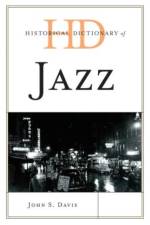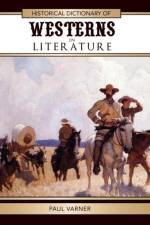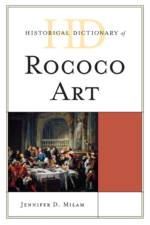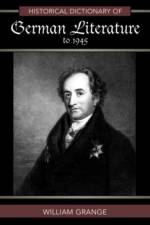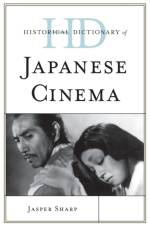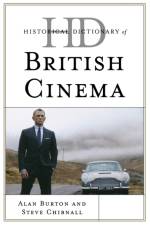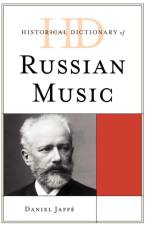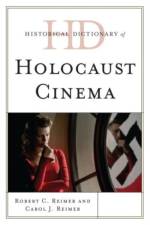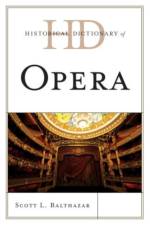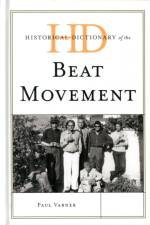av Jasper Sharp
1 721
The cinema of Japan predates that of Russia, China, and India, and it has been able to sustain itself without outside assistance for over a century. Japanese cinemas long history of production and considerable output has seen films made in a variety of genres, including melodramas, romances, gangster movies, samurai movies, musicals, horror films, and monster films. It has also produced some of the most famous names in the history of cinema: Akira Kurosawa, Hayao Miyazaki, Beat Takeshi, Toshir Mifune, Godzilla, The Ring, Akira, Rashomon, and Seven Samurai.The Historical Dictionary of Japanese Cinema is an introduction to and overview of the long history of Japanese cinema. It aims to provide an entry point for those with little or no familiarity with the subject, while it is organized so that scholars in the field will also be able to use it to find specific information. This is done through a detailed chronology, an introductory essay, and appendixes of films, film studios, directors, and performers. The cross-referenced dictionary entries cover key films, genres, studios, directors, performers, and other individuals. This book is an excellent access point for students, researchers, and anyone wanting to know more about Japanese cinema.

